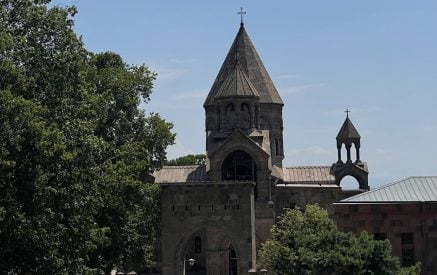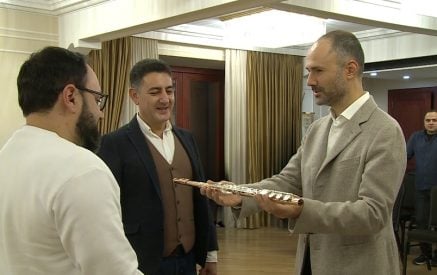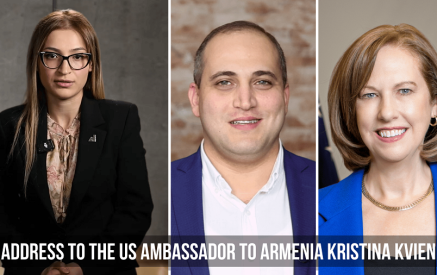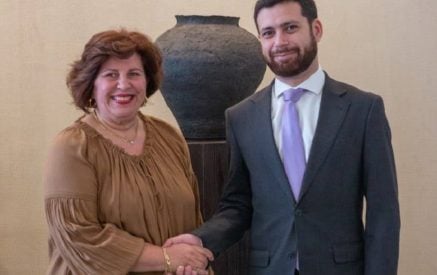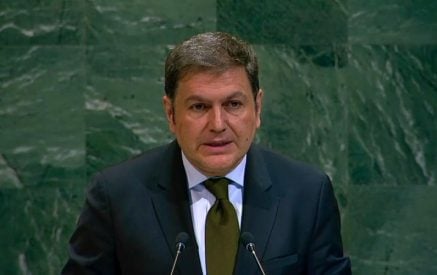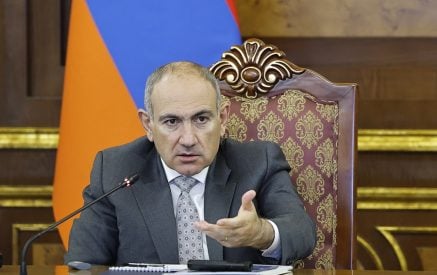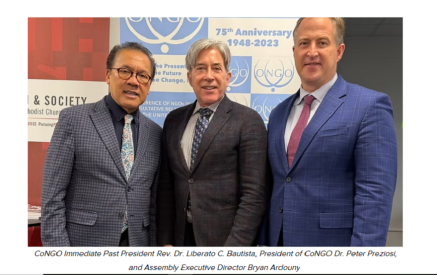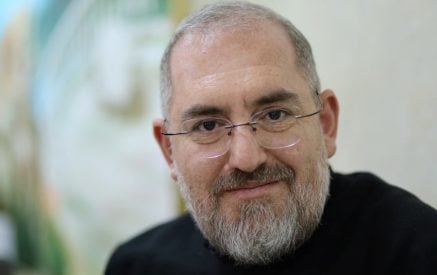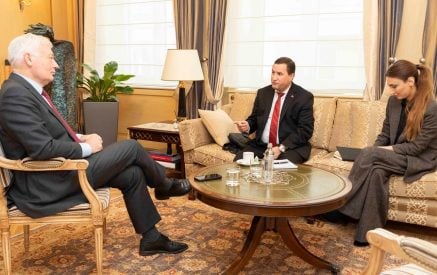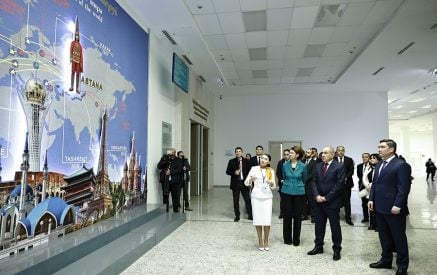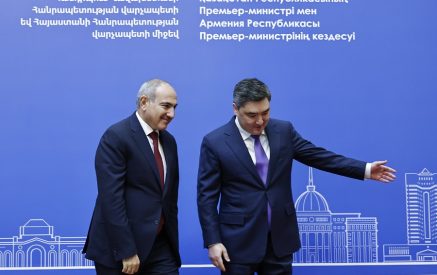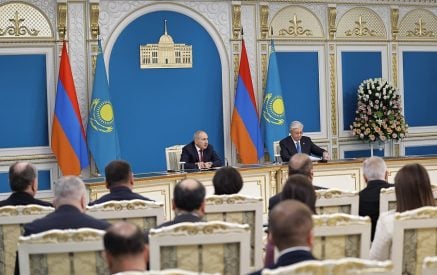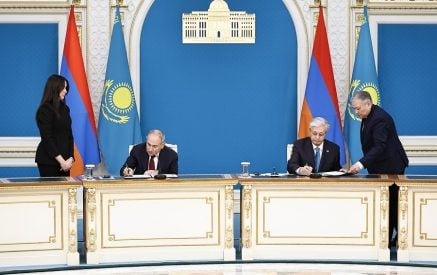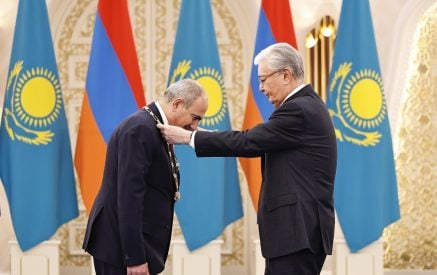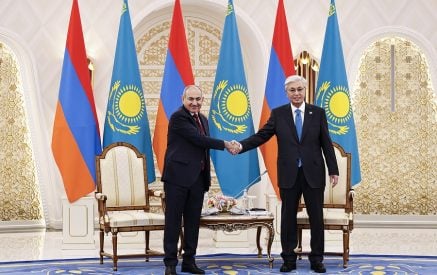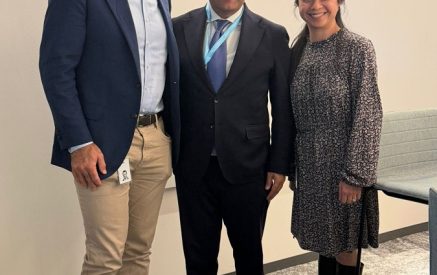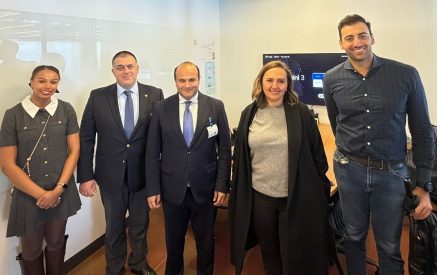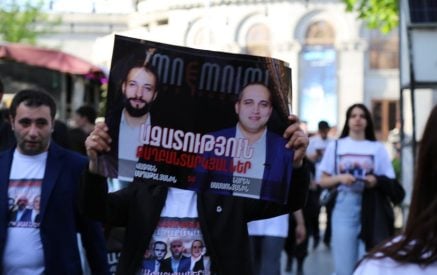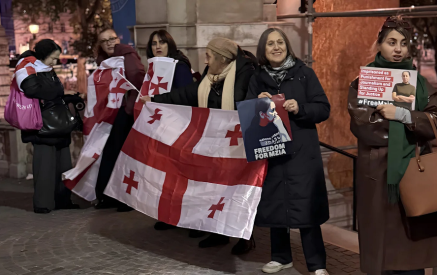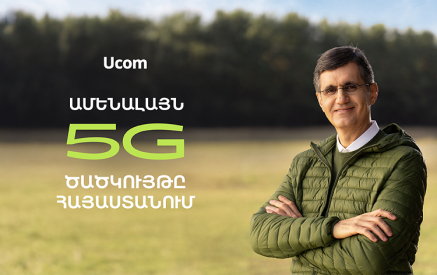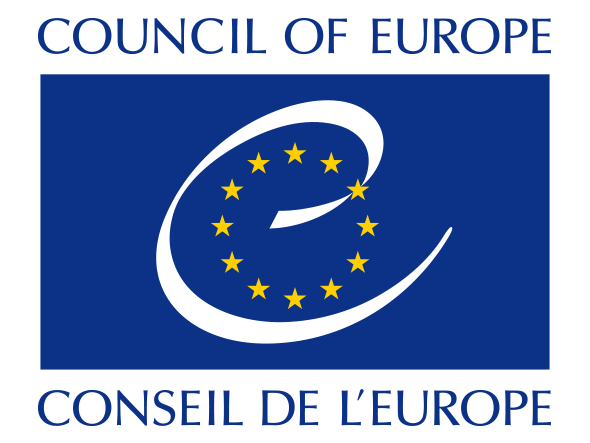Society in Azerbaijan is broadly characterised by a climate of intercultural and interreligious tolerance; authorities support national minorities in expressing their cultural identity. However, the absence of comprehensive legislation and consultative mechanisms for national minorities as well as the restrictions on freedom of expression and freedom of assembly create an environment where minorities cannot fully exercise their rights. These are key findings of the new opinion on Azerbaijan by the Advisory Committee on the Framework Convention for the Protection of National Minorities (FCNM) published today together with Government’s comments.
The Committee acknowledged a wide range of events to support minority culture has been held by the authorities in multi-ethnic Azerbaijan. Efforts to educate young persons on multiculturalism and tolerance are welcomed by the Committee. Teaching of Russian and Georgian is relatively well developed, and there are improvements in publishing learning materials for minority languages. The Committee commends the substantial progress in the improvement of living conditions of internally displaced persons.
However, the Advisory Committee regrets to note that only limited progress has been made by Azerbaijan in addressing the Committee’s earlier recommendations. There seems to be little space for expression of national minority identity in community with others, in particular if it goes beyond the narrow cultural, often folkloristic, sense. Regrettably, there is still no comprehensive legislation or consultative mechanism for the protection of the rights on national minorities; the members of national minorities are not aware of their rights and experience difficulties to access them; no new measures have been undertaken to obtain disaggregated data on the national minorities; no steps have been made to remove the existing obstacles to radio and TV broadcasting in minority languages, and there is still no support to print media. At university level, there is no possibility to learn minority languages other than Russian and Georgian.
Furthermore, the generally positive attitude towards diversity in Azerbaijan starkly contrasts with the persistent hostile narrative against neighbouring Armenia as a result of the on-going Nagorno-Karabakh conflict, which can hardly be discerned from hate speech against Armenians as an ethnic group.
The Committee is deeply concerned by the continued restrictions and problematic legal and political environment for non-governmental organisations and individuals promoting human rights in Azerbaijan, including those of persons belonging to national minorities. The report notes that in particular persons belonging to the Talysh and Lezgin minorities, when exercising minority rights, run the risk of being perceived as questioning the territorial integrity of Azerbaijan.
The Advisory Committee recommends the following measures for immediate action:
· Ensuring that the 2019 population census provides for free and voluntary self-identification and the possibility to indicate multiple affiliations and more than one language;
· Adopting an adequate legal framework to protect the national minorities and comprehensive anti-discrimination legislation, as well as establishing a specialised body to coordinate these issues;
· Eliminating barriers to freedom of expression and freedom of association;
- Expanding the scope of teaching of minority languages and raising awareness of the right to learning minority languages.
Further recommendations include bringing the legislation and practice on NGOs in line with international recommendations, expanding broadcasting in minority languages, ensuring the right to use minority languages in contacts with public authorities and allowing the display of topographical sighs in minority languages in regions inhabited by persons belonging to national minorities traditionally and in substantial numbers.






